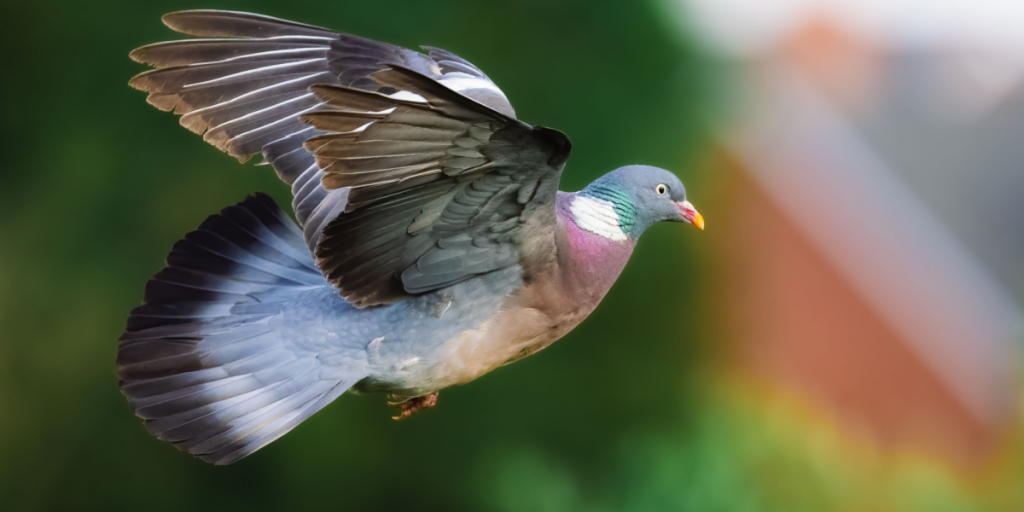The birds are allegedly controlled by GPS-navigation and equipped with cameras.
Others are reading now
For the first time in Moscow, a flock of pigeons fitted with neural-control implants has taken to the air.
The Russian neurotech firm Neiry says the birds completed initial round-trip flights from its lab, marking a new stage in the company’s work on biologically based drones, Forbes Russia reports.
Engineers view the birds as an alternative to traditional unmanned aircraft, offering far longer operating times and natural maneuverability.
Neiry also maintains that the animals retain a normal life expectancy while being used in the program.
How the system works
According to a press release from Neiry, electrodes are placed inside the pigeon’s brain and connected to a stimulator contained in a small backpack. That module also holds the controller that receives flight commands. Pulses guide basic instinctive actions such as veering left or right, while GPS and other tools handle positioning.
Also read
Solar panels power the electronics, and Neiry argues that the risk of accidents mirrors that of an ordinary bird, which makes the system suitable for urban missions.
Founder Alexander Panov said in the press release that the current platform uses pigeons but could be adapted to other species.
He pointed to future applications involving ravens for heavier loads or seabirds for coastal and offshore observation.
Early flight trials
According to Forbes Russia, dozens of pigeons equipped with microchips are undergoing flight-performance tests. Some will stay near the capital; others will be dispatched thousands of kilometers away to examine how they behave over long distances.
The outlet cites Neiry’s press group as saying biodrones are live birds whose movements can be directed through brain implants. Operators upload a route to an onboard controller, and neurostimulation nudges the animal to “choose” a direction.
Also read
According to the firm, this removes the need for any prior conditioning.
Surgeries are carried out using a stereotactic system that positions electrodes in specific regions of the brain. The company says researchers aim for complete postoperative survival.
Can they be used for war?
Given the ongoing conflict between Russia and Ukraine, it is possible that the modified pigeons could be explored for military use.
However, as pigeons can carry less than 100 grams of weight, it is unlikely they could transport explosives.
They could, however, aid reconnaissance efforts, as Ukrainian defenders would have difficulty detecting or targeting them.
Also read
Expanding ambitions
The press release from Neiry states that the biodrones are priced similarly to conventional drones yet offer significantly greater endurance. Neiry adds that the project is nearing pilot deployment for tasks including inspection of power lines, gas hubs, and other critical sites.
The company has been testing other neural-interface concepts as well. In late 2024, developers working with Moscow State University linked a rat’s brain to an AI system, allowing the animal, called Pythia, to respond to questions. In 2025, Neiry announced neurochips for cows intended to support higher milk output.
Project Pigeon
Pigeons have played a pivotal role in warfare throughout history, especially as carrier birds delivering important intelligence to troops.
During World War II, “Project Pigeon” attempted to create a pigeon-guided missile.
By training pigeons to recognize a target pattern and peck when they saw it, the idea was to place a pigeon inside a missile and have its pecks steer the weapon.
Also read
Remarkably, demonstrations actually proved successful in training the birds, but officials still decided to scrap the project altogether.
Sources: Forbes Russia, Neiry press release, Agenzia Nova, Meduza, Smithsonian Magazine


